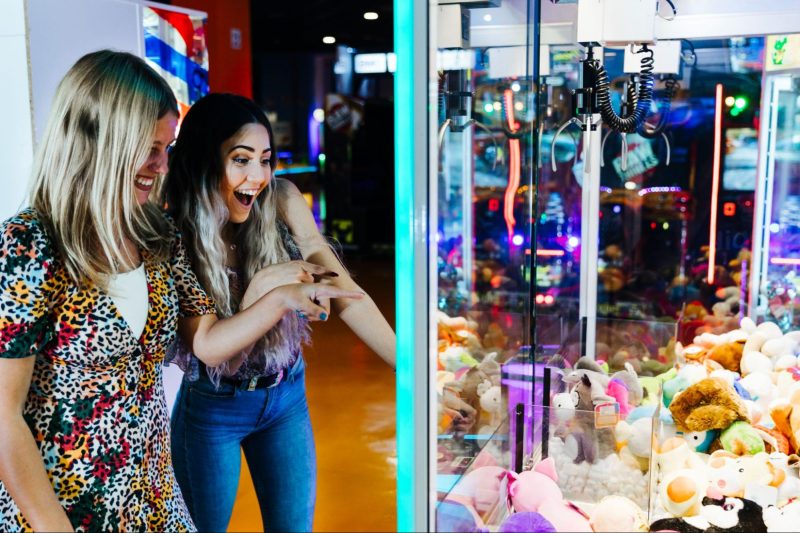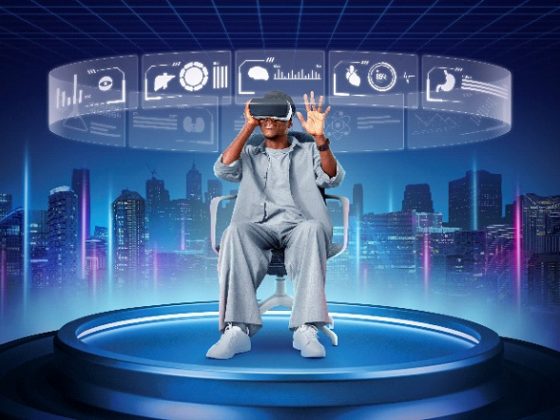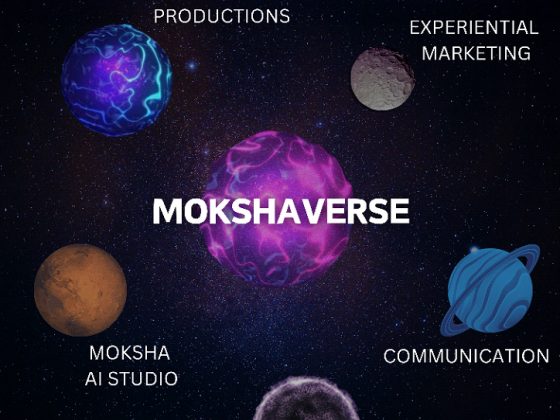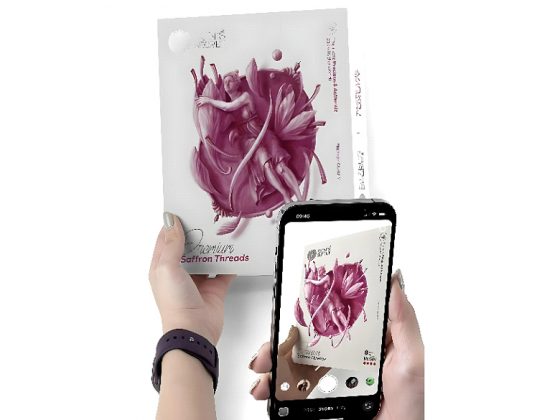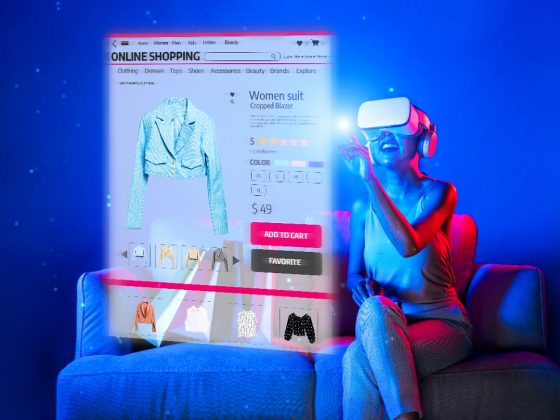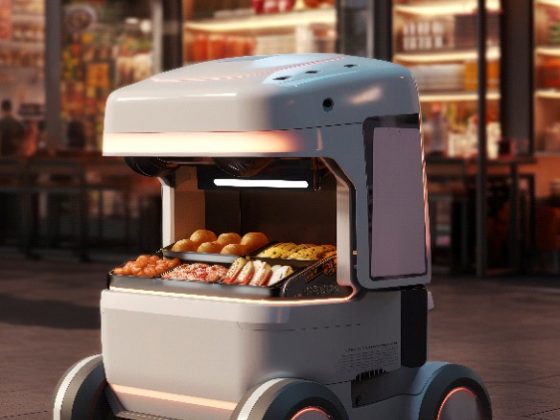Gamification in FMCG Marketing
By Roopak Pathak
In the fiercely competitive world of fast-moving consumer goods (FMCG), brands constantly face the challenge of capturing consumer attention and fostering loyalty. Traditional advertising, while still valuable, increasingly falls short, especially among younger, digitally savvy audiences who crave immersive and inter- active experiences. Gamification—a strategy that applies game design elements in non-gaming environments—has emerged as a powerful approach for FMCG brands. It is a part of experiential marketing that increases the engagement of the customers. By transforming routine brand interactions into enjoyable, rewarding experiences, these brands stand out and build lasting connections with consumers.
elements in non-gaming environments—has emerged as a powerful approach for FMCG brands. It is a part of experiential marketing that increases the engagement of the customers. By transforming routine brand interactions into enjoyable, rewarding experiences, these brands stand out and build lasting connections with consumers.
Gamification’s effectiveness is rooted in human psychology, tapping into inherent desires for achievement, competition, and reward. Today’s consumers, mostly Millennials and Gen Z, increasingly prefer brands that engage them through interactive, reward-driven experiences. A Deloitte study found that 75% of consumers are more likely to make purchases from brands that engage them through gamified experiences. This trend is particularly prominent among younger generations, whose purchasing power is only expected to grow. Their desire for dynamic, engaging brand interactions underscores a shift in consumer behaviour where experiential marketing becomes as critical as product quality. While initially developed for the gaming industry, these principles have successfully spread to sectors such as education, fitness, and corporate training and now have a significant presence in FMCG. FMCG brands deepen consumer engagement and enhance brand perception by reimagining ordinary consumer interactions— such as product purchases, loyalty programs, or feedback surveys—as interactive and enjoyable experiences.

